Best Countries to See Big Cats in the Wild
There is no doubt that big cat sightings in the wild are the highlight of many wildlife tours around the world. Large cats can be found on every continent except Antarctica and Australia. All up, there are over three dozen wild cat species around the world, but it is the big cats which have captivated us throughout history. The ancient Maya civilization honored the Jaguar, while the Egyptians held cats with the utmost importance. The famous Sphinx of course portrays the head of man on the body of a lion.
Sadly, over time our love for big cats has turned more sinister. The desire to possess these creatures and their body parts has led to illegal poaching, reducing the populations of many big cats to critically low numbers. Thankfully, there are ethical wildlife tour operators which promote conservation and are proving to countries that their big cats are worth more alive than dead when it comes to the tourism they encourage. Let us take a look at some of the world’s most incredible big cats and the best places where you can see them in the wild.
Leopards: Zambia
One of Africa’s most powerful cats, the leopard has the ability to drag giant antelope high into the trees out of the reach of lions and hyenas. Not many people realize that leopards aren’t restricted to Africa and can be found throughout Asia, although these subspecies are often critically endangered such as the case with the Amur leopard. One of the best places to see Africa’s iconic spotted cat is in Zambia’s South Luangwa National Park. The country is reported to offer Africa’s highest concentration of leopards, with the national park offering up great success rates when it comes to spotting the cats. Extremely secretive, it often takes several days to spot the cats. The key is to look for them resting in the large trees that are abundant in the park, such as the giant baobab trees. Calls and agitation in other animals such as birds and baboons will often alert you to a leopard’s presence long before you see it. Walking safaris as well as nighttime jeep rides to catch the leopards hunting can be experienced within the park.
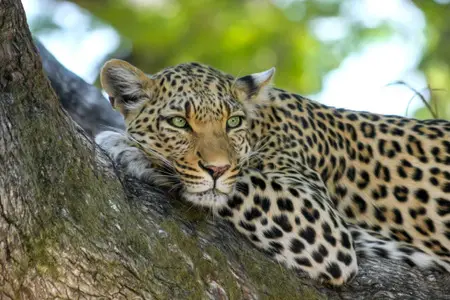
African Lions: South Africa, Tanzania, Kenya, Botswana
Africa’s kings and queens of the jungle, lions can thankfully still be seen with great frequency throughout most national parks and reserves found in Southern and Eastern Africa. These social cats can easily be spotted during the day in the grasslands of South Africa’s Kruger National Park, Tanzania’s Serengeti, and the Maasai Mara in Kenya. While the majority of the hunting takes place during the night, it is not uncommon to watch prides of lions hunting during the day. You will often get to experience close up encounters of lions just meters away from safari jeeps. See one of the world’s largest populations of lions swim in Botswana’s Okavango Delta and the rare white lions of Kruger.
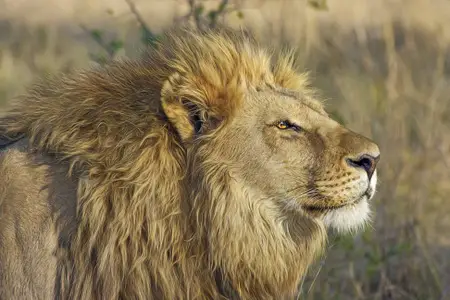
Bengal Tigers & Snow Leopards: India
Nothing can match the experience of seeing a tiger in the wild. This usually solitary apex predator is the largest of the big cats, with some males reaching almost 700lbs. Several subspecies exist throughout Asia such as the Siberian tiger and the Sumatran tiger, but it is the Bengal tiger of India which is the easiest to spot in the wild. The country is home to many tiger reserves such as the Kanha Tiger Reserve, Bandhavgarh Tiger Reserve, and Manas National Park. Jeep safaris will take you into the tiger’s home at the break of dawn and later just before sunset to give you the best opportunity to spot these incredible animals. Other great locations include Bandhavgarh National Park and Ranthambore National Park, both of which offers reliable sightings from April to June. Tigers of Ranthambore often visit the ruins that are scattered around the park, making for truly exceptional photography opportunities. You’ll definitely want to invest in a quality camera to capture this extraordinary experience.
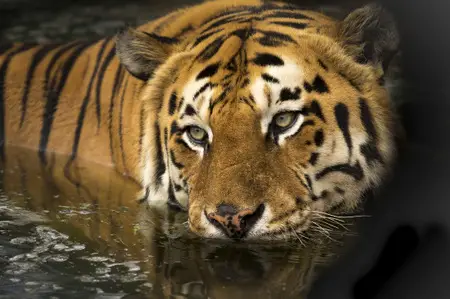
The mountains of India’s Ladakh region are home to another big cat, the ultra-elusive snow leopard. While snow leopards exist in over 10 Asian countries including China, Nepal, and Mongolia, the Ladakh region offers up one of the best chances to see the rare cat. You will definitely have to work for a sighting and need a bit of luck on your side. You will be spending most of your time above 10,000 feet in the Himalayas, scanning the mountains for any signs of the elusive gray ghost. Expeditions into areas like the Hemis National Park can be experienced in the winter when the cats come down from the inaccessible mountain tops to hunt prey such as sheep and ibex in the valleys. In addition to spotting the big cats, you will often get the chance to visit Buddhist monasteries and see a culture that strongly resembles that of Tibet.
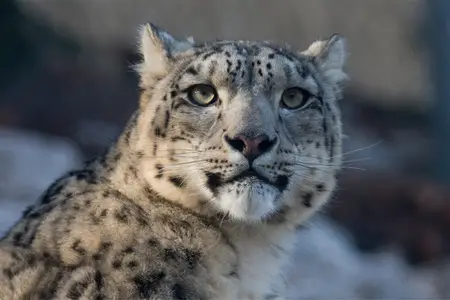
Jaguars: Brazil
While jaguars are most often associated with South America’s Amazon region, they can actually be found all the way from the Southwestern United States down into Argentina. One of the highest concentrations and best opportunities to spot the cats does in fact exist in South America, in Brazil’s Pantanal. The Pantanal is the largest tropical wetland area in the world, and offers abundant wildlife including well over 1,000 different bird species, giant anteaters, anacondas, tapirs, and ocelots. The best time to spot the healthy jaguar population and range of other animals is during the dry season which takes place from May-October. Searches usually take place via river boat journeys which scan the river banks for jaguars hunting caiman or capybara.
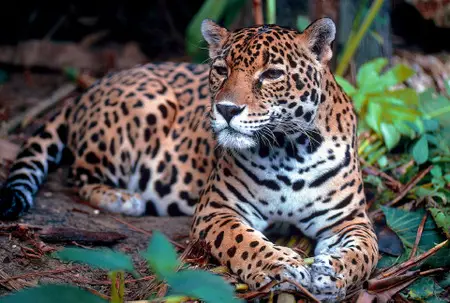
Sunda Clouded Leopard: Indonesia & Malaysia, Borneo
Clouded leopards are the saber-toothed tigers of today’s world, containing the largest teeth in proportion to their skull size of any other big cat. While spotting a clouded leopard in the wild on mainland Southeast Asia is no easy feat, the newly recognized Sunda clouded leopard can be seen with more frequency on the island of Borneo. The Sunda clouded leopard can also be found on the island of Sumatra where it shares habitat with the Sumatran tiger, but their population densities on Borneo are much greater and therefore offers better success when it comes to spotting the cats. Places like the Deramakot Forest Reserve and Tabin Wildlife Reserve are some of the best places on Borneo to search for the elusive cats named for their spots which are said to resemble clouds. When not spotting clouded leopards, you may get to see orangutans, beautiful rhinoceros hornbills, and proboscis monkeys.

Other Big Cats Around the World
Other notable big cats to seek out around the world include the puma, which also goes by the name of panther, mountain lion, and cougar. The cats have the widest range of any large terrestrial mammal, being found from Canada down into the Patagonia region of South America.
Cheetahs may not have retractable claws nor can it roar like the other big cats, but it does hold the title of the World’s fastest land animal, reaching speeds of up to 70mph. Seek them out in Lewa Downs or the Masai Mara of Kenya, Etosha National Park in Namibia, the Kalahari Desert in Botswana, and Tanzania’s Serengeti.
In addition to the big cats of the world, you can also seek out smaller but equally as beautiful cats like the margay and ocelot of South America, the Iberian lynx of Europe, the caracal and serval of Africa, and the Canada lynx and bobcat of North America.
















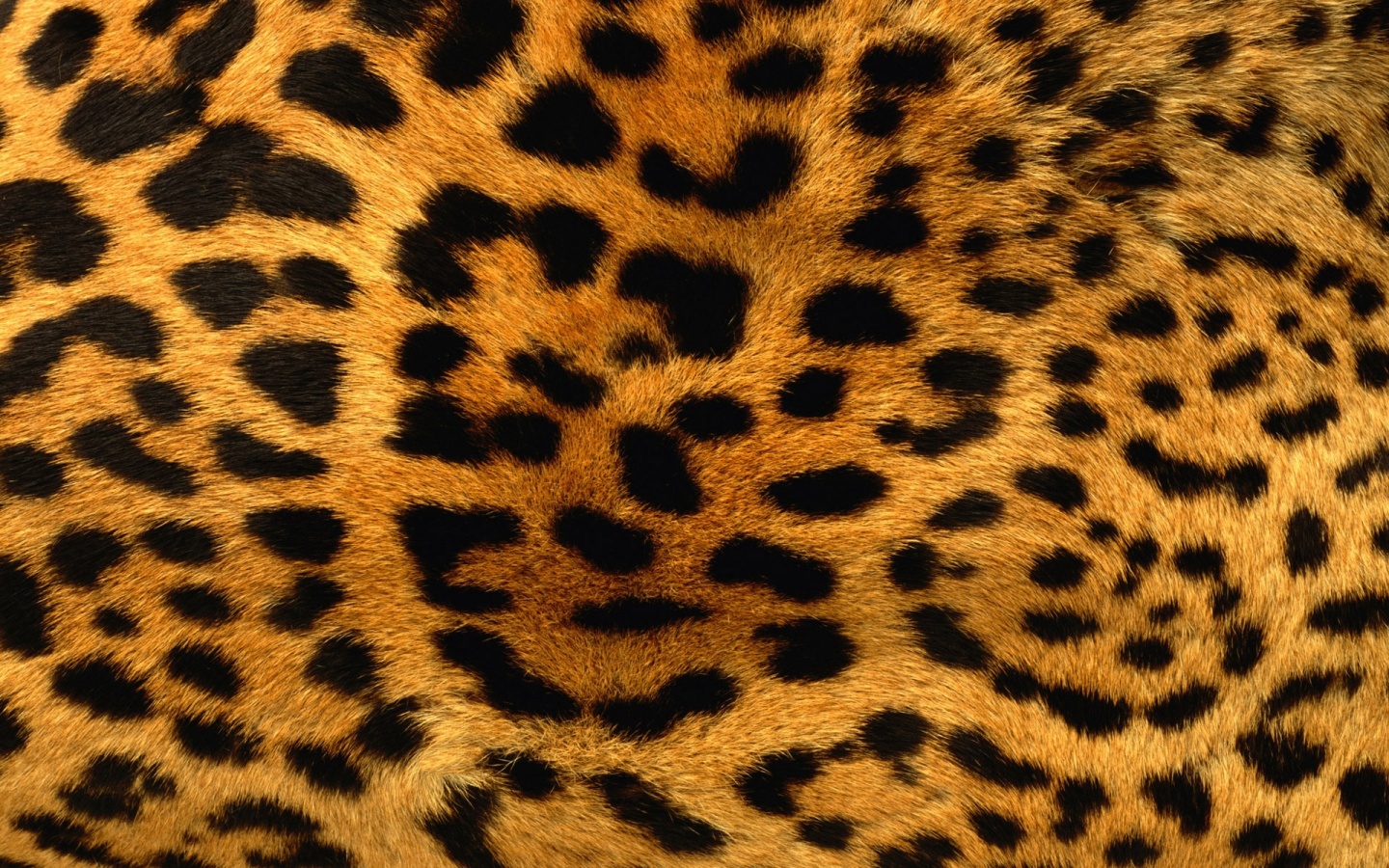
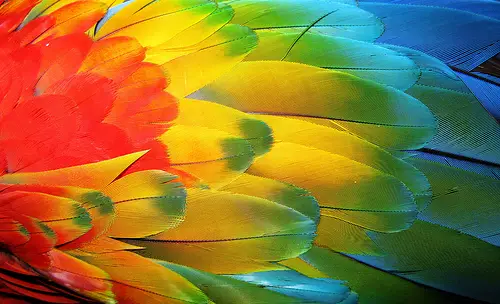

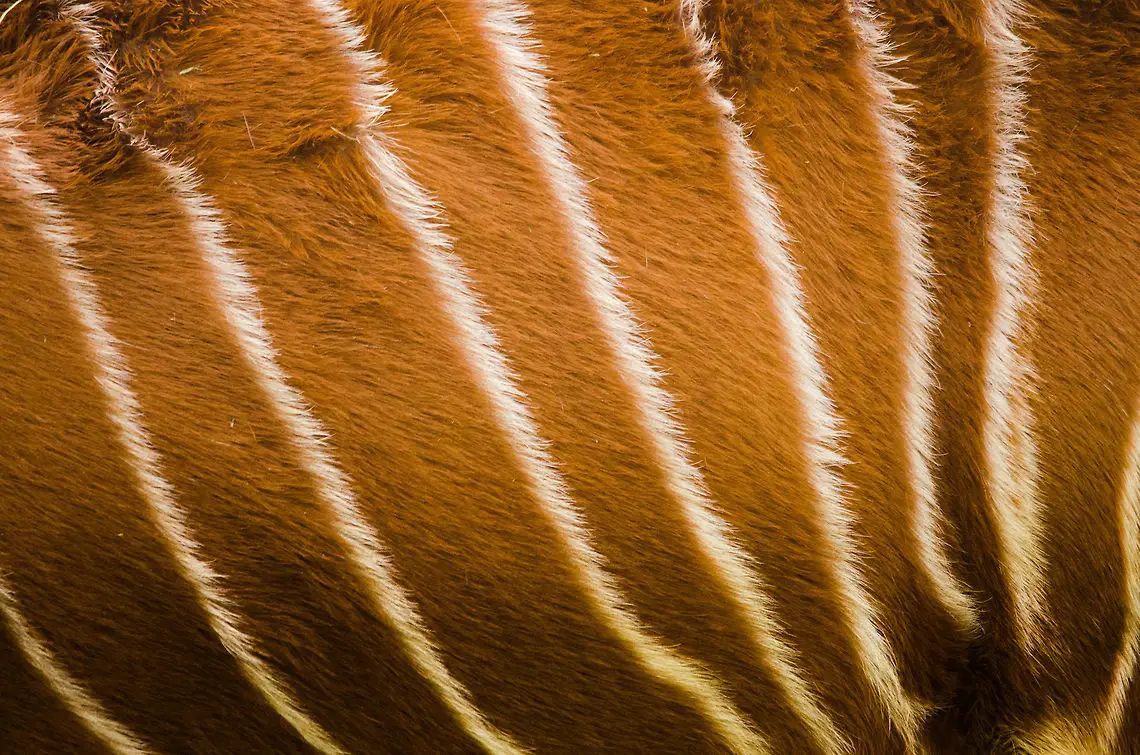
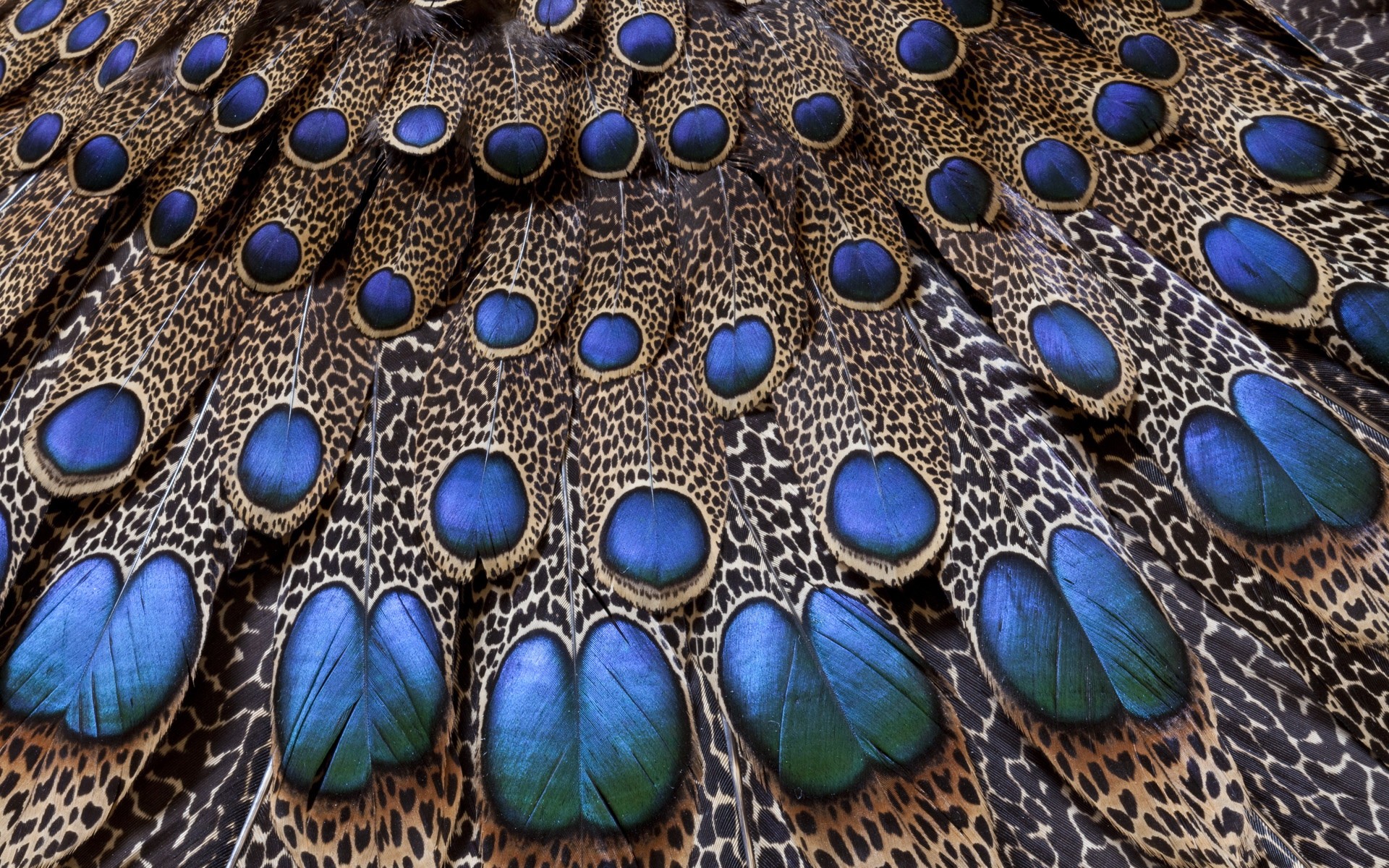

July 16, 2019
Great article! I love big cats 😉 Jaguars are my fav!
October 24, 2019
Very informative. Big cats are as adorable as cats but they are a bit dangerous I guess. Love animals. Snow leopards are beautiful among all.
October 25, 2019
Really nice informative article. Big cats are very beautiful. About Bengal tiger, Not only India you can also found Bengal tiger in the mangrove forest (Sundarban) of Bangladesh. The Sundarbans is a mangrove area in the delta formed by the confluence of Ganges, Brahmaputra and Meghna Rivers in the Bay of Bengal.
November 1, 2019
Which is the best product among those listed in this site?